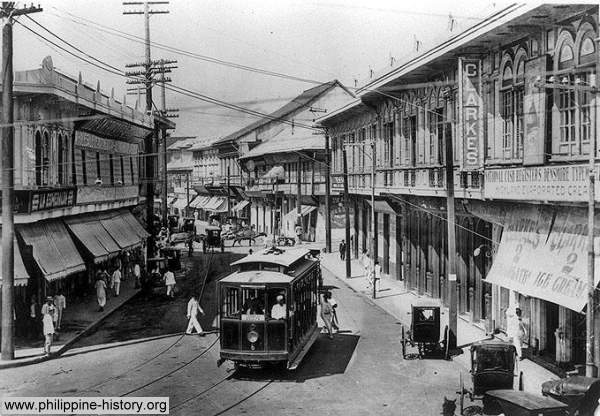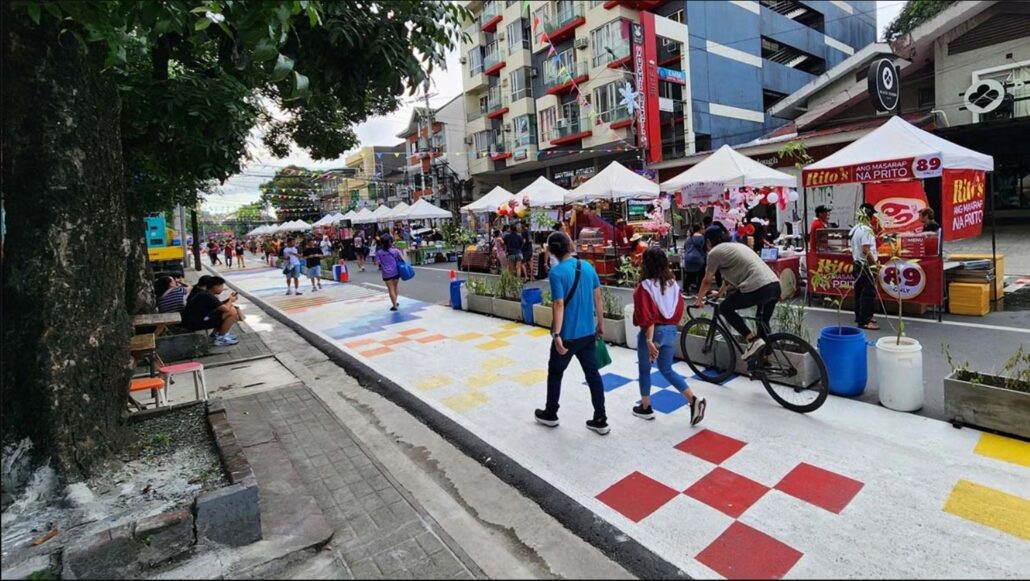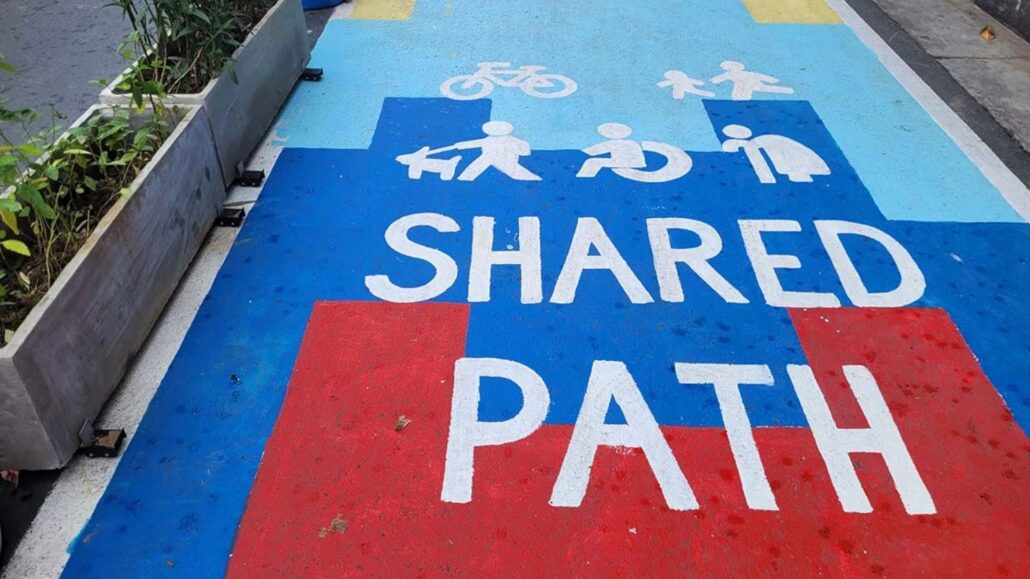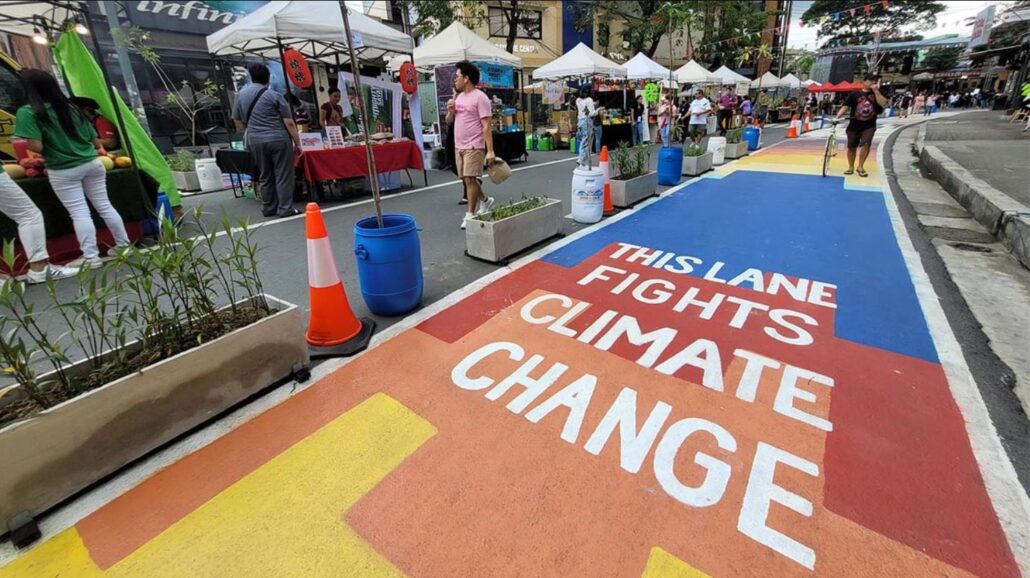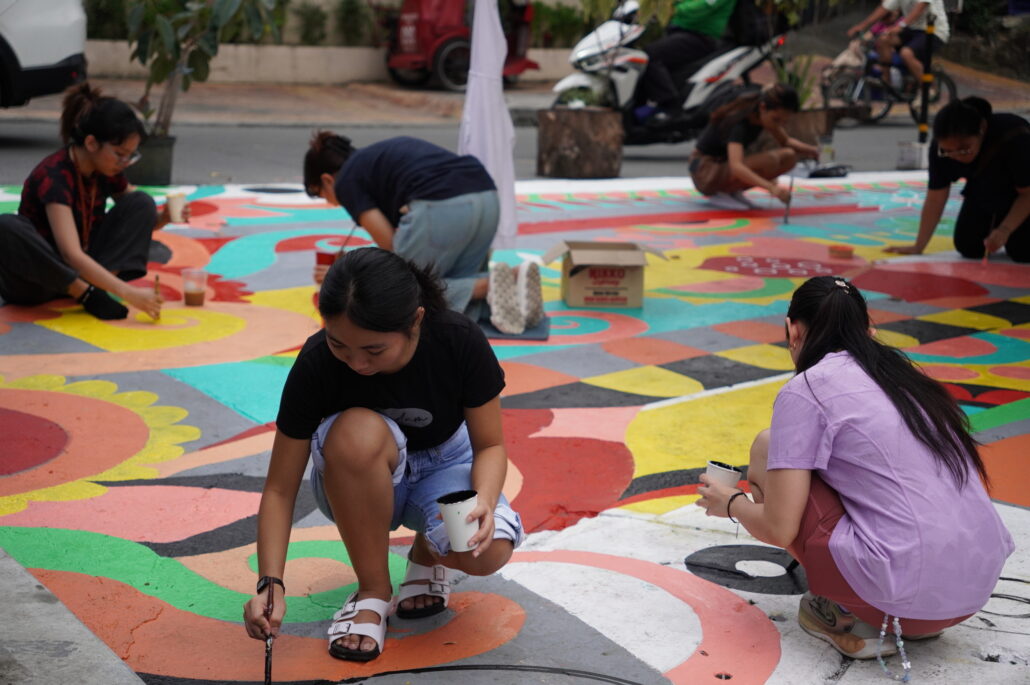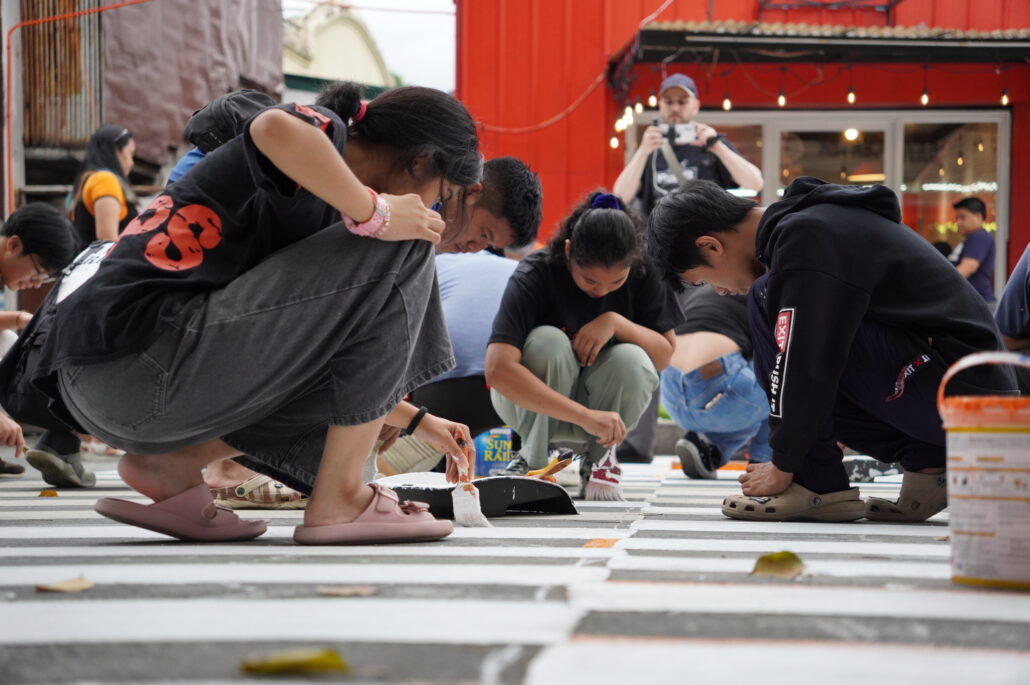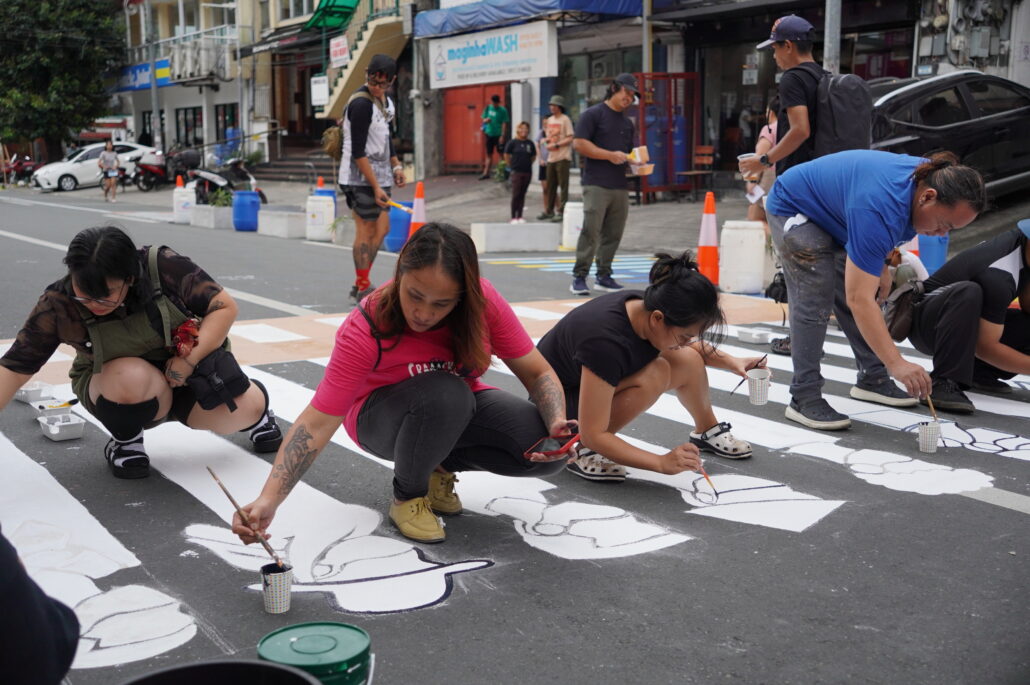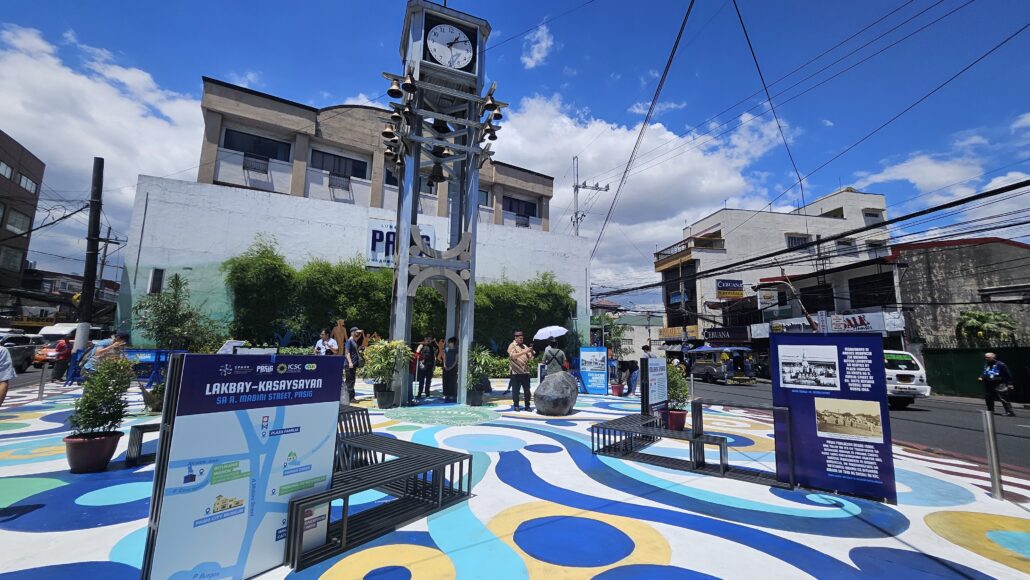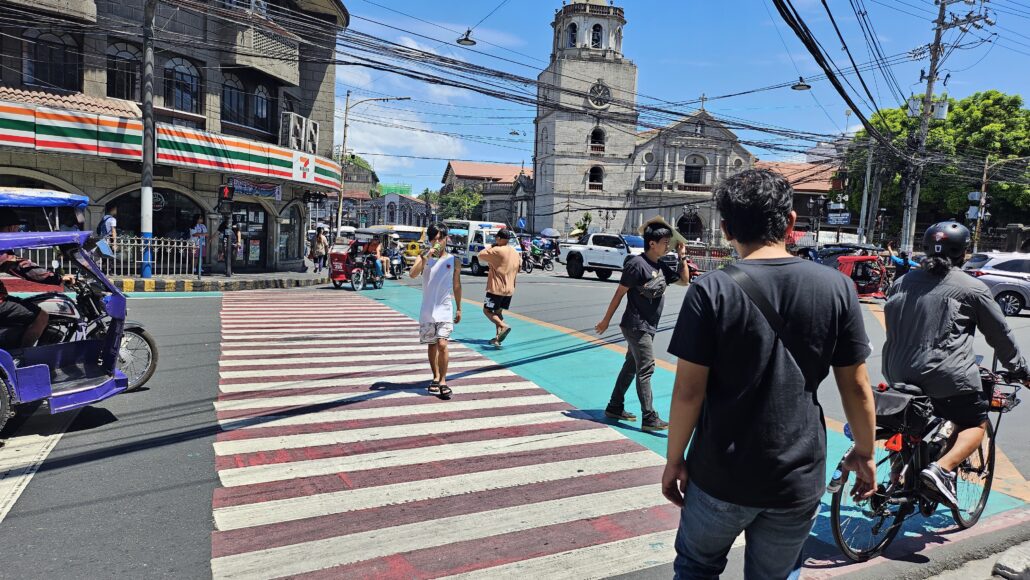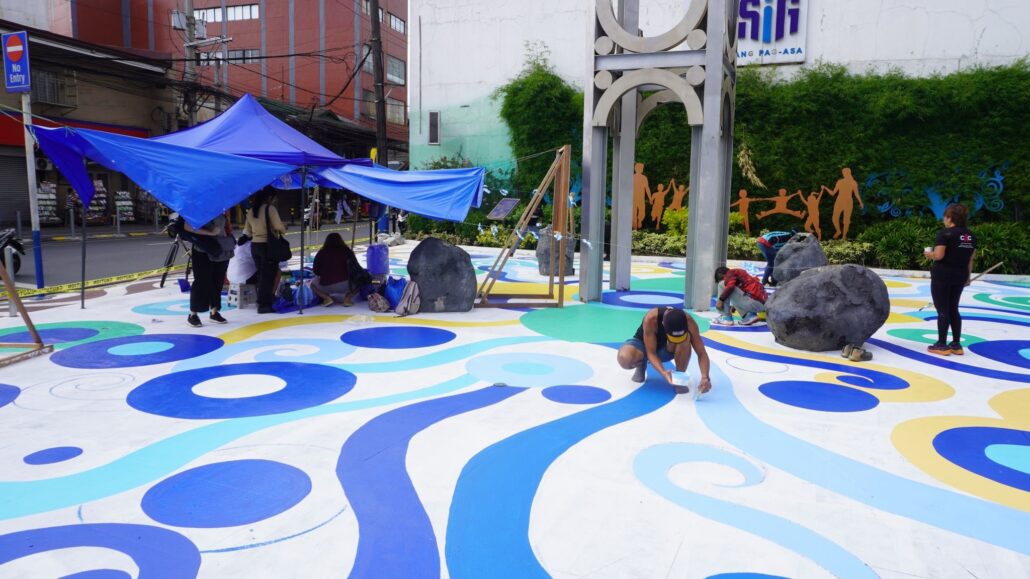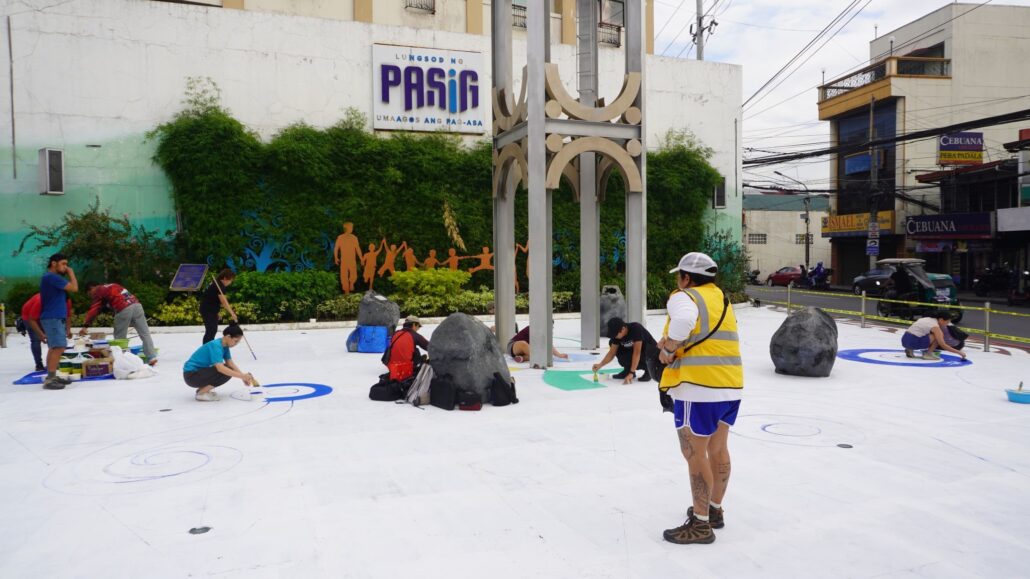However, as the roads get saturated with traffic, the cost of congestion is adding an economic burden. If this scenario continues, congestion in Metro Manila will cost the economy 6 billion PHP (94.8 Million Euros) a day by 2030. The national government and local government units (LGUs), therefore, adopted a paradigm shift to rethink urban mobility and traffic demand management. The National Economic Development Authority (NEDA) issued the National Transport Policy in 2017 which prioritizes the revitalization of public transport. Most recently, the Department of Transportation (DoTr) started working on the Active Transport Strategic Masterplan (ATSMP) for the whole country as part of a wider active transport program.
On the local level, local policies like Quezon’s Enhanced Local Climate Change Action Plan (ELCCAP) and Pasig’s Green City Program supported the development of active mobility infrastructure. Currently, Quezon City has 94 Km of cycling lanes and Pasig City developed 35 Km, according to the Philippines’ active mobility dashboard. Each kilometre of cycling lanes can save the economy 26.7 million PHP per year (426.7 Million Euros per year). Community participation here is crucial for the development of comprehensive change on the local level and travel behaviour. Participatory approaches like tactical urbanism open a potential for small-scale actions to multiply into a large-scale impact.


